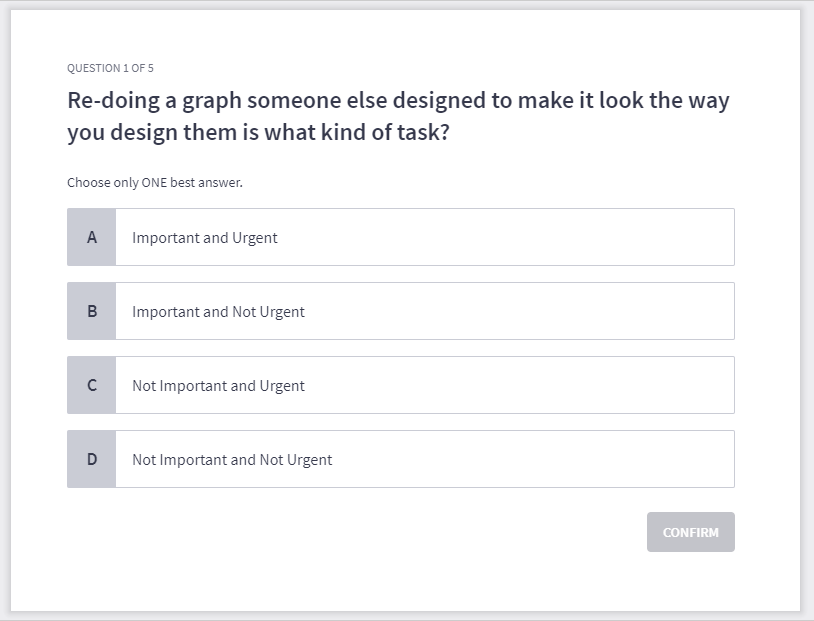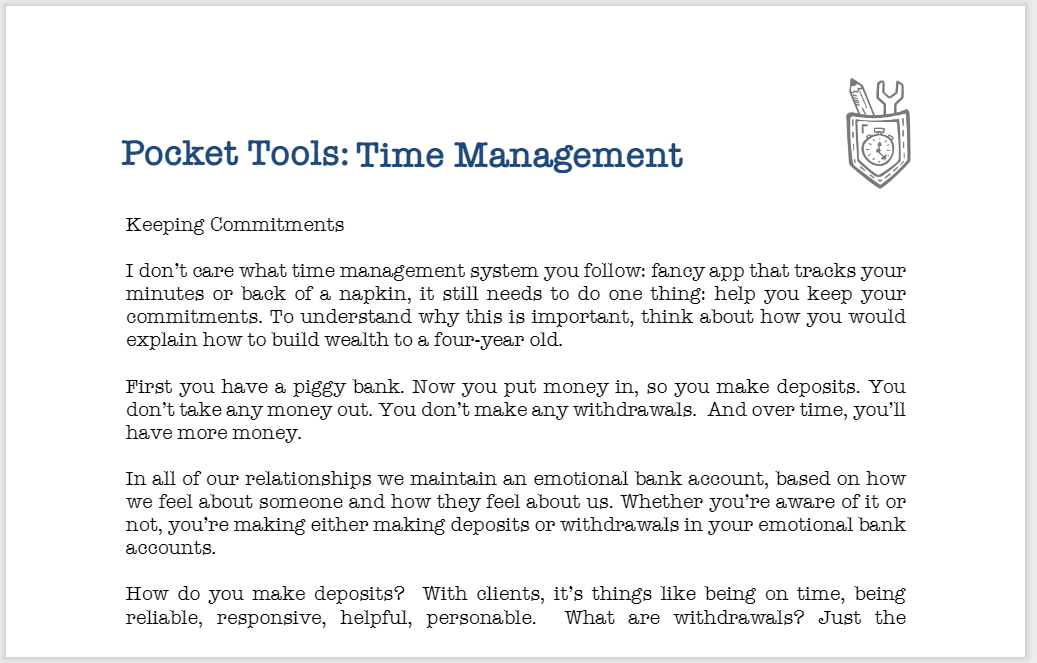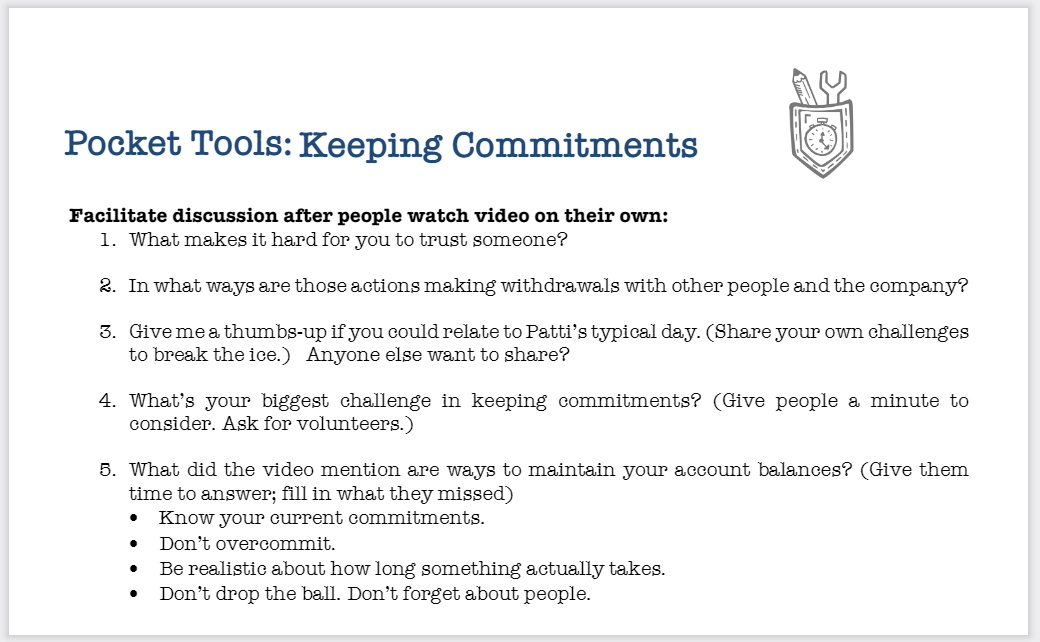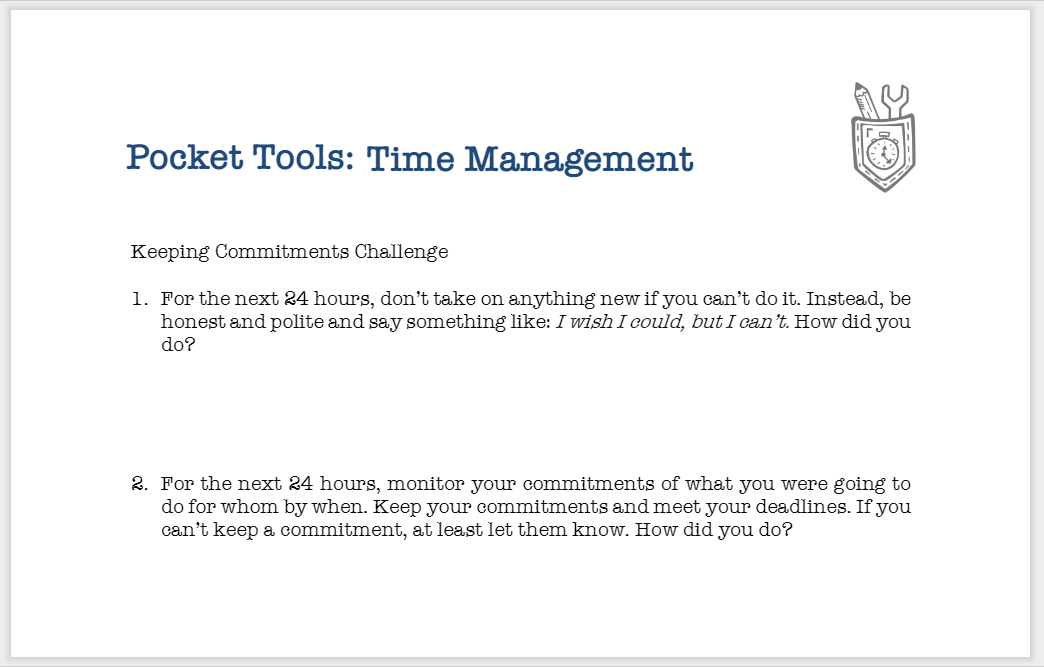Don’t fall in love with your own marketing inspirations
Special to the Portland Business Journal
The best piece of advice I got during my tenure at an ad agency was to judge creativity on whether it was on strategy and would connect with the target audience, not if it personally appealed to me.
After all, I wasn’t the target.
Developing and judging creativity is the heady, fun part of marketing. It’s easy to become too involved in liking something based on personal aesthetics, especially if you have helped with the copy or design. You want to show it off to your colleagues. If you find yourself being swept up in a love affair with the artistry of a sales brochure, Web site or direct mailer, take a cold shower. You shouldn’t be developing it for personal gratification.
Create a solid strategy
Strong creative starts with a strong strategy, specifically, a creative brief or outline that will direct the creative direction. This is not just a way for account managers to bill for their time. There is a common format to good creative briefs, starting with understanding the audience for the piece.
If you don’t know who you are targeting, find out through a combination of talking with customers and your sales team. For consumer marketing, talk with customers at point of sale, conduct focus groups or ask to be invited into their homes. For business-to-business marketing, visit customers at their workplace, conduct focus groups or take them out to lunch.
Understand what drives your customers’ needs and how to position your product or service. What is the sales process and how specifically will a brochure, for example, support the next step? What points does the salesperson need to make? Zeroing in on what distinguishes you from the competition and resonates with the customer is at the heart of the brief. Distill the pitch to one overarching position and several key supporting points.
Deciding internally what your strongest position is and emphatically making that point is complicated by a number of factors: Customers will say different things matter; decision-makers vary depending on the size and structure of organizations; decisions are increasingly made by committee.
That doesn’t mean, however, you need to design for a committee. You can’t speak to everyone’s concern in one mailer or brochure without being too long or so generic as not to say anything — e.g., “Committed to Customer Service, Innovation and Quality” or “Solutions for Your Business Today and Tomorrow.” You may not hear about it, but your marketing material will not be doing the job it could.
Elevate your perspective beyond the fiefdoms throughout the organization to understand what drives boardroom-level decisions. Does the company need to become leaner, differentiate itself, fend off competition, grow market share or increase profits? How does your product or service help them achieve their larger business objectives? Among the different decision-makers you need to address, who holds the greatest weight?
Purchasing may be the gatekeeper for what you are selling, but purchasing also knows that the quality control department is the most important internal client for what you are selling. What resonates most with quality control? What pressure are they under and how can you help them? What kind of people are they? What is their personality and orientation? What language do they use? The less general, more specific you can make your piece, the more effective.
As a marketer, you are always looking for your greatest return on investment. Look at their perspective and answer the question of how you can help them get the greatest return on investment. When the decision-making is complicated by a series of interactions with different decision-makers, augment your central position with white papers and presentations to get them on board. Oftentimes, sales will want a custom approach based on what they know about an organization and the nature of their decision-making process.
That’s great, as long as it reflects the primary brand messaging. What you stand to lose is the impact of repetitive, consistent messaging that comes from a single, defensible position. To stand out and be remembered, it’s necessary to stake out a clear position from the competition.
After you have designated the top one or two decision-makers your marketing communication addresses, what do you want this communication to do? Does it need to stand alone or is it part of a larger campaign? Is it a visual aid for the presentation or does it need to tell the story, unaided? Do we want the decision-maker to take some action?
Stand out for a reason
Finally, look at the tone, style and personality of your marketing communication. Lay out everything you are presenting to them. Is it consistent and does it work together? Or does it communicate indecision and lack of focus?
Contrast your marketing communication against competitive examples to see exactly what your customer is reviewing. What works and what doesn’t? How can you be different while remaining credible?
If competitors communicate a cold, corporate, conservative persona through their collateral, maybe there’s an opportunity to take a friendlier, more personal approach. Avoid differentiation just to stand out, however. If you talk about reliability above all else, back it up with numbers, quotes, facts and images to show customers can believe that claim.
Don’t feel obligated to abandon a position because the competition has co-opted it. You may be the original manufacturer of a process that everyone now claims they can do. Before you move from a position that’s taken a long time to establish, find a different way of communicating your point of difference.
The language should be clear, understandable and to the point. Say it in as few words as possible. The format should be easy to follow and the look uncluttered, with a fair amount of white space. Images can often communicate ideas more explicitly and implicitly than text. Give the customer credit for being intelligent, but don’t make it so ambiguous as to be confusing.
When soliciting opinions on the creative, make sure people understand the rationale. Gauge their comments against how well they know the decision-makers and industry. Whenever you hear the song of the creative muse dictating your decisions, check your own personal attachment to the final outcome to what makes the best business sense.
Leo MacLeod, principal of Mainspring Marketing, provides marketing services to small businesses, www.mainspringmarketing.com. He can be reached at leo@mainspringmarketing.com




Recent Comments